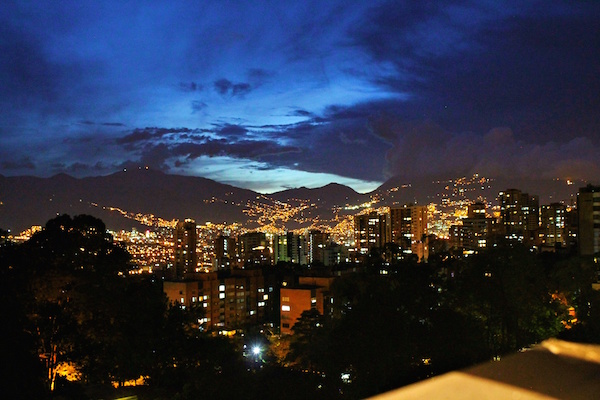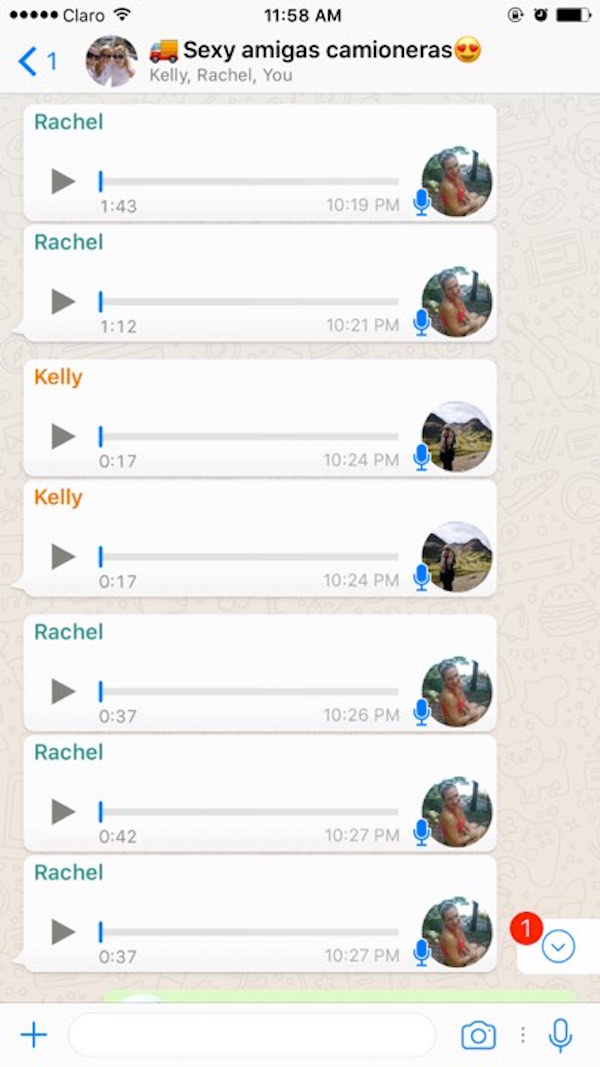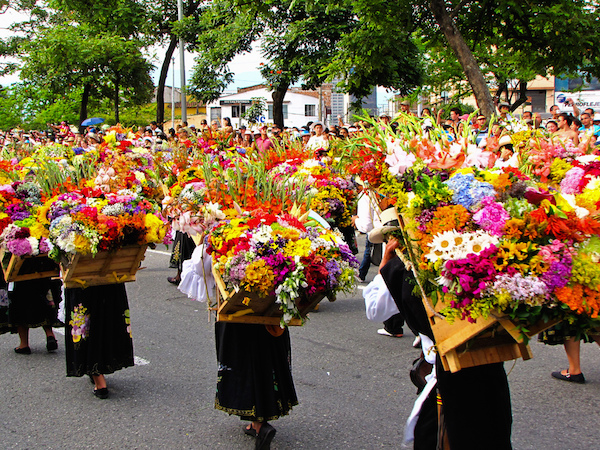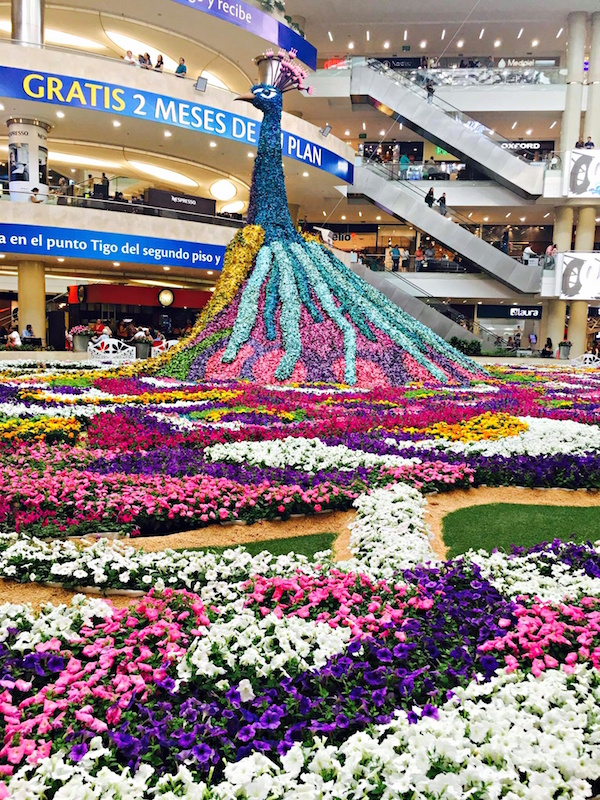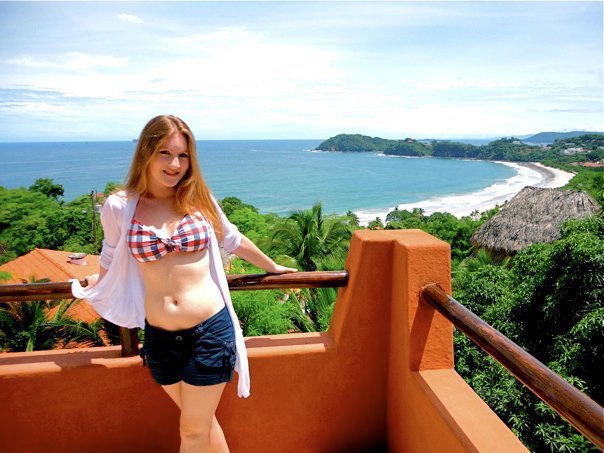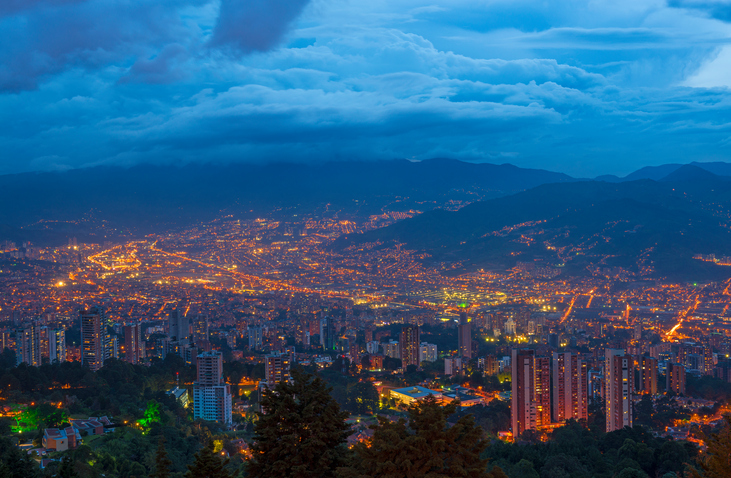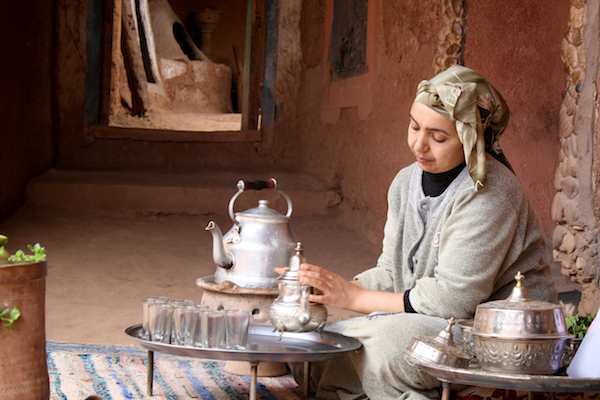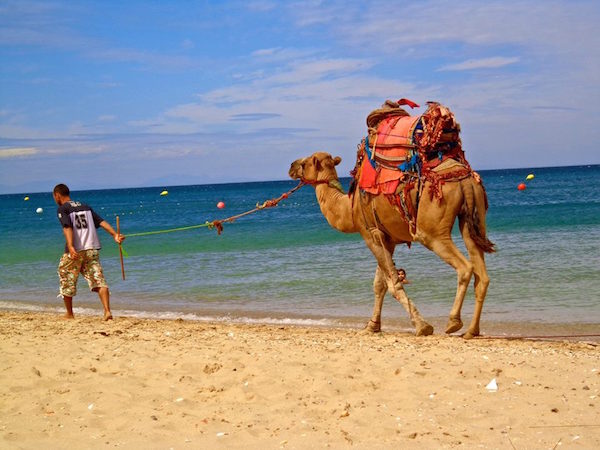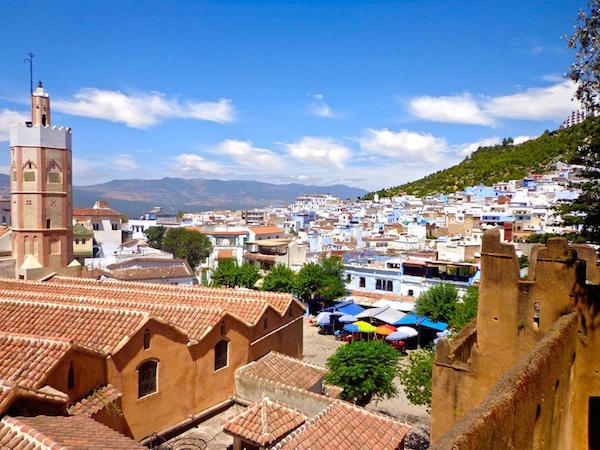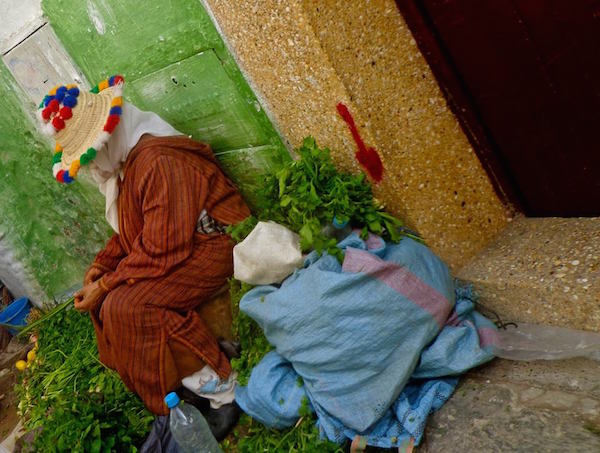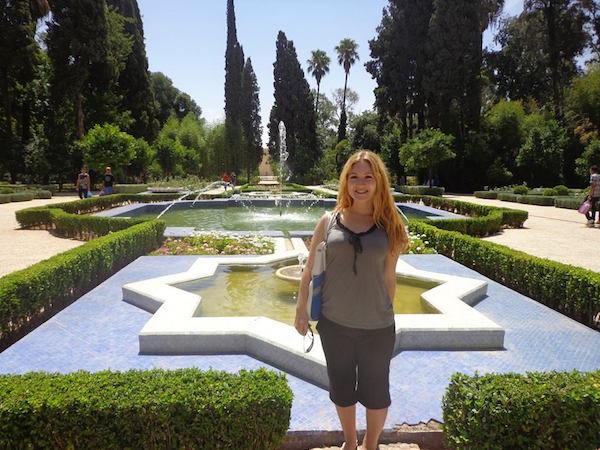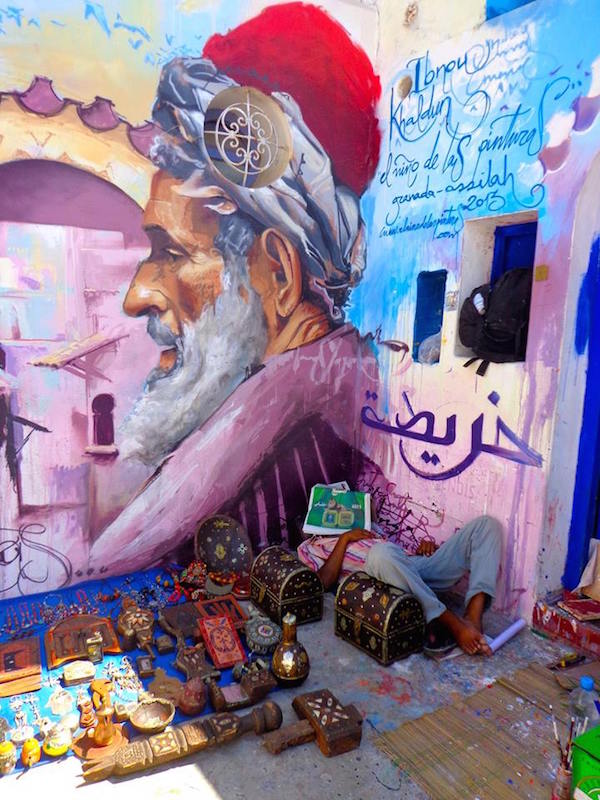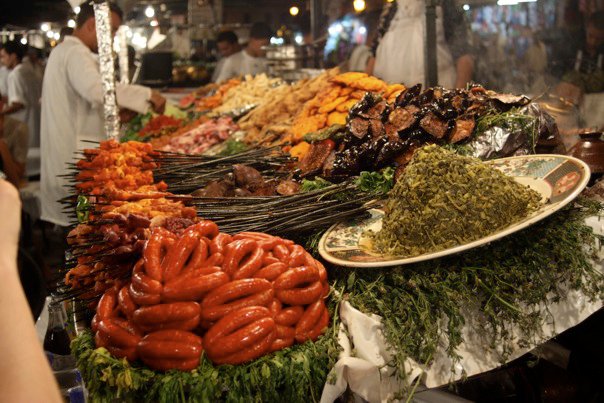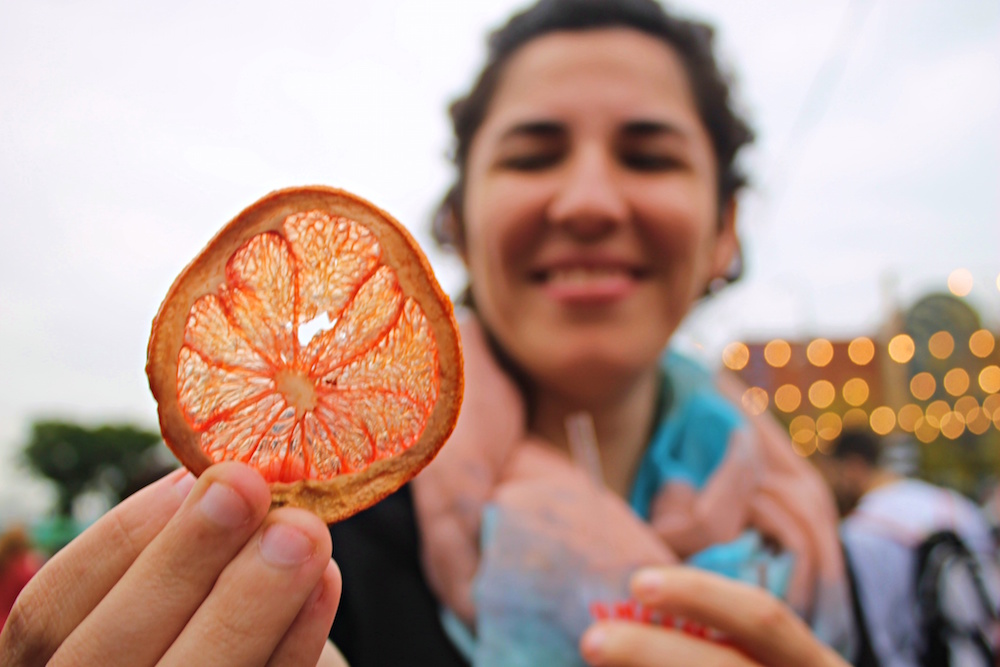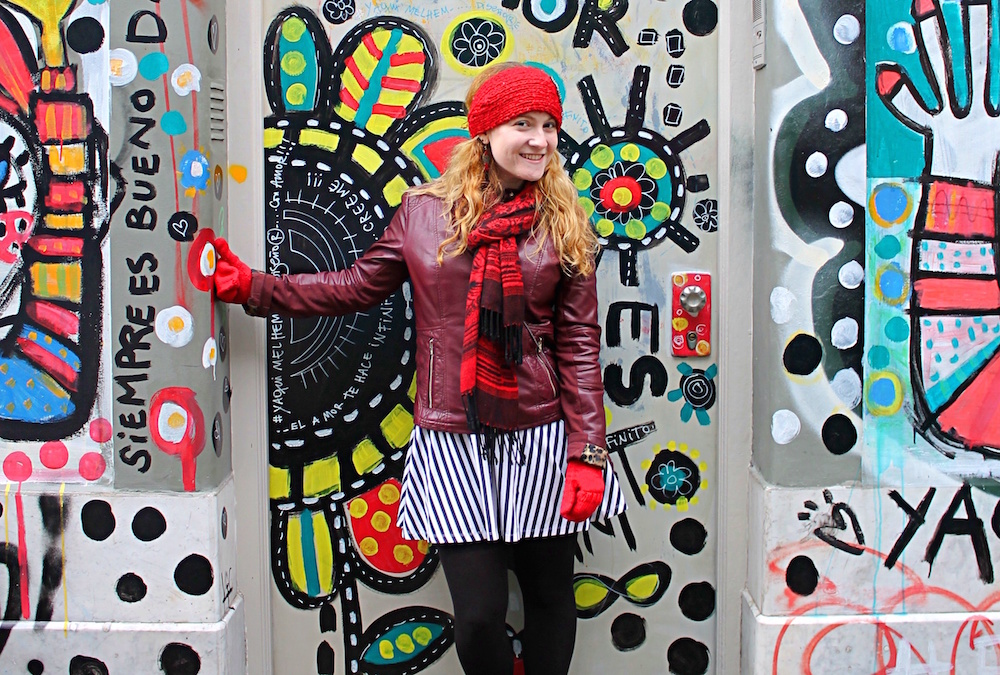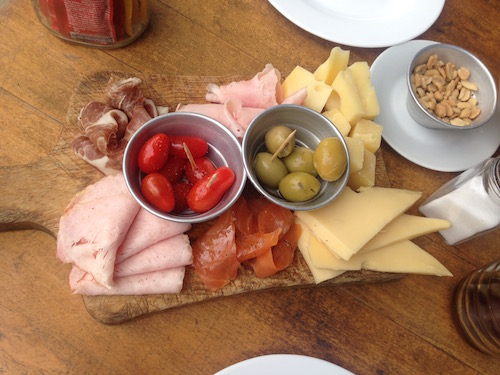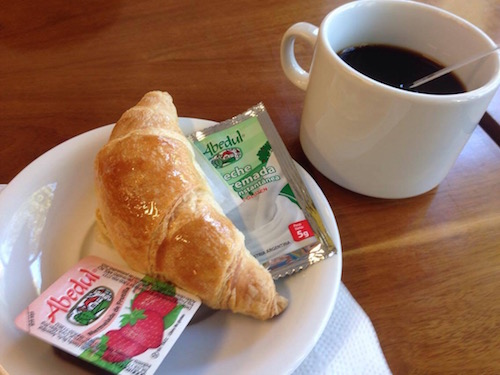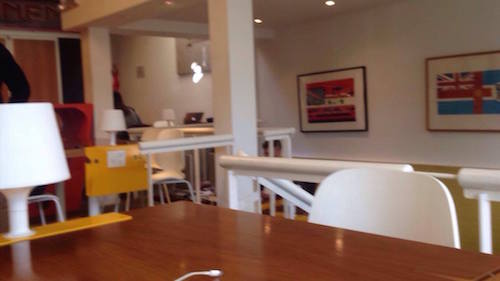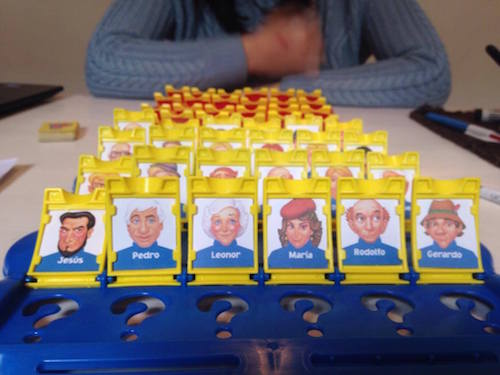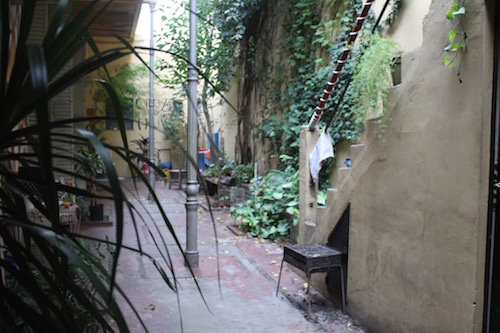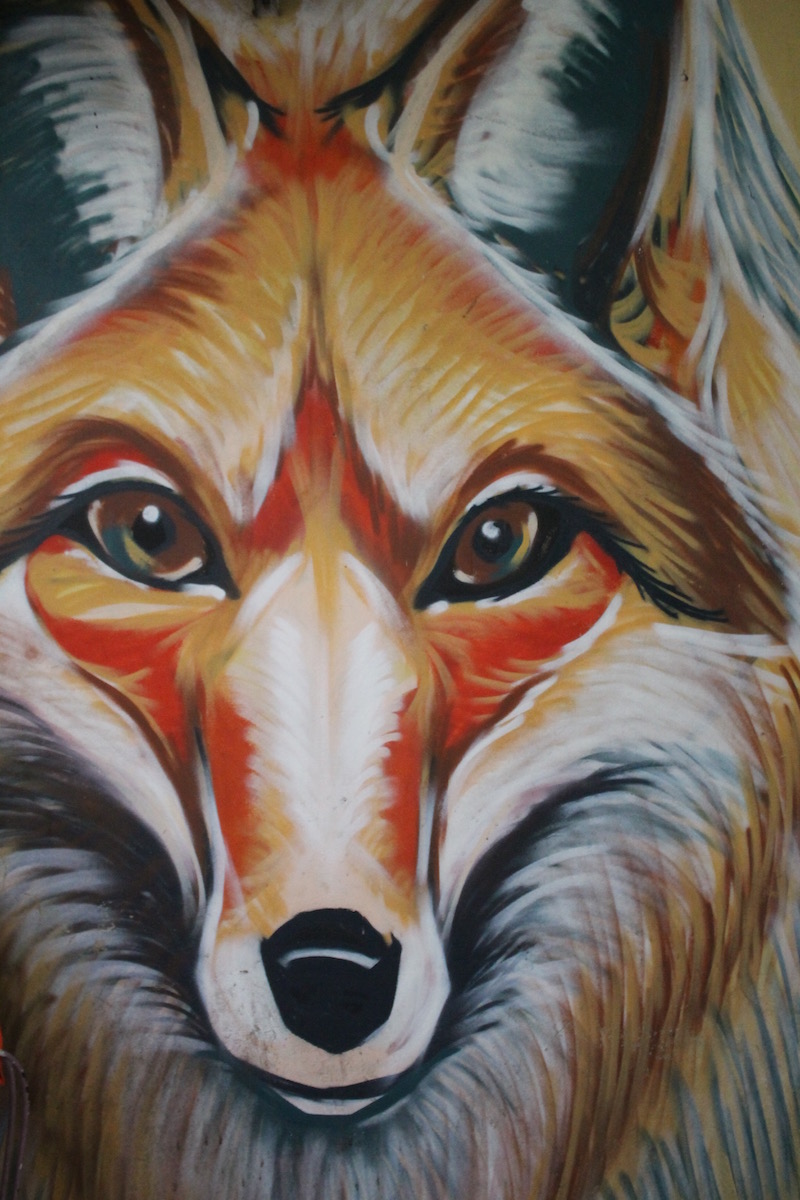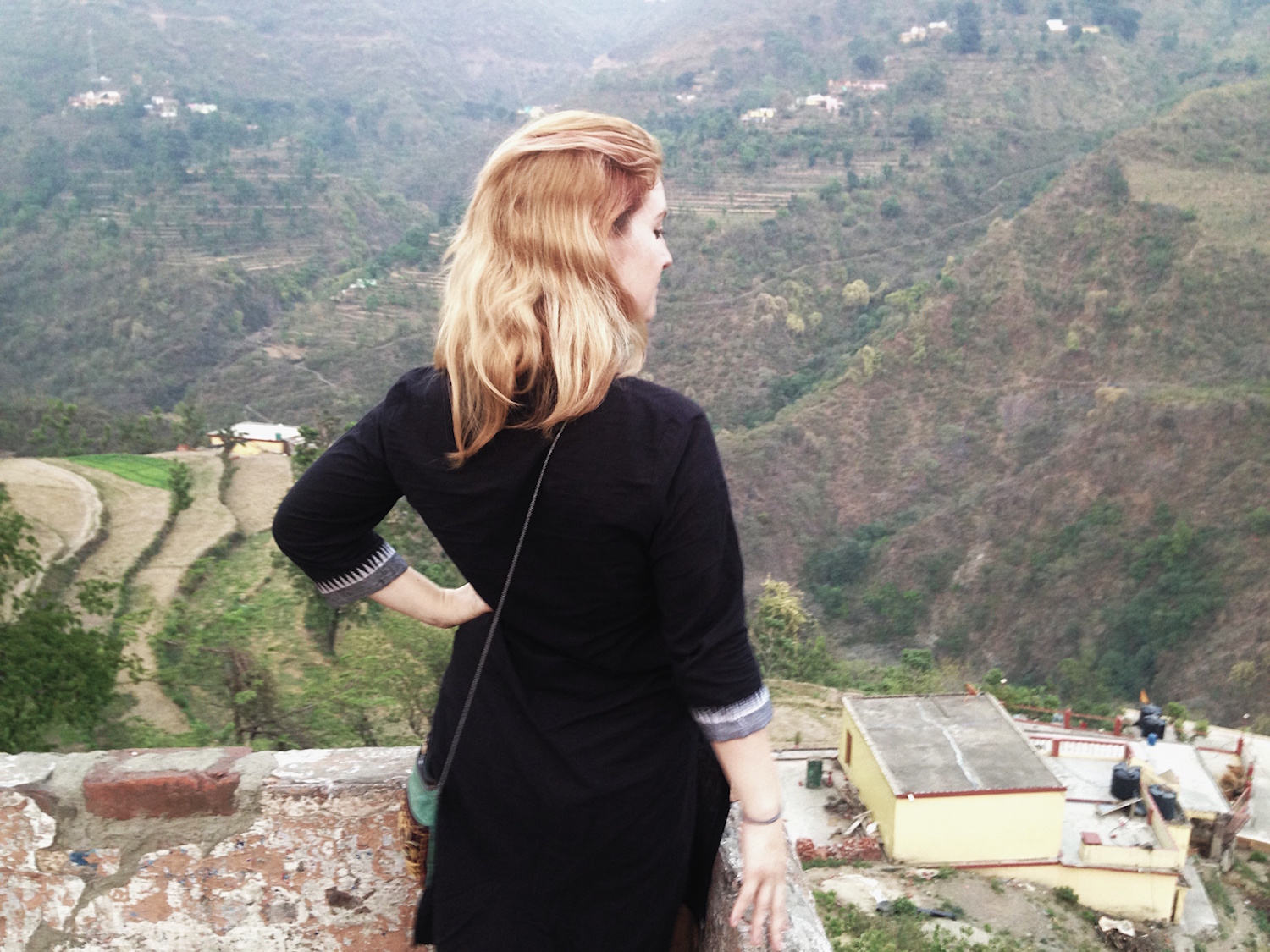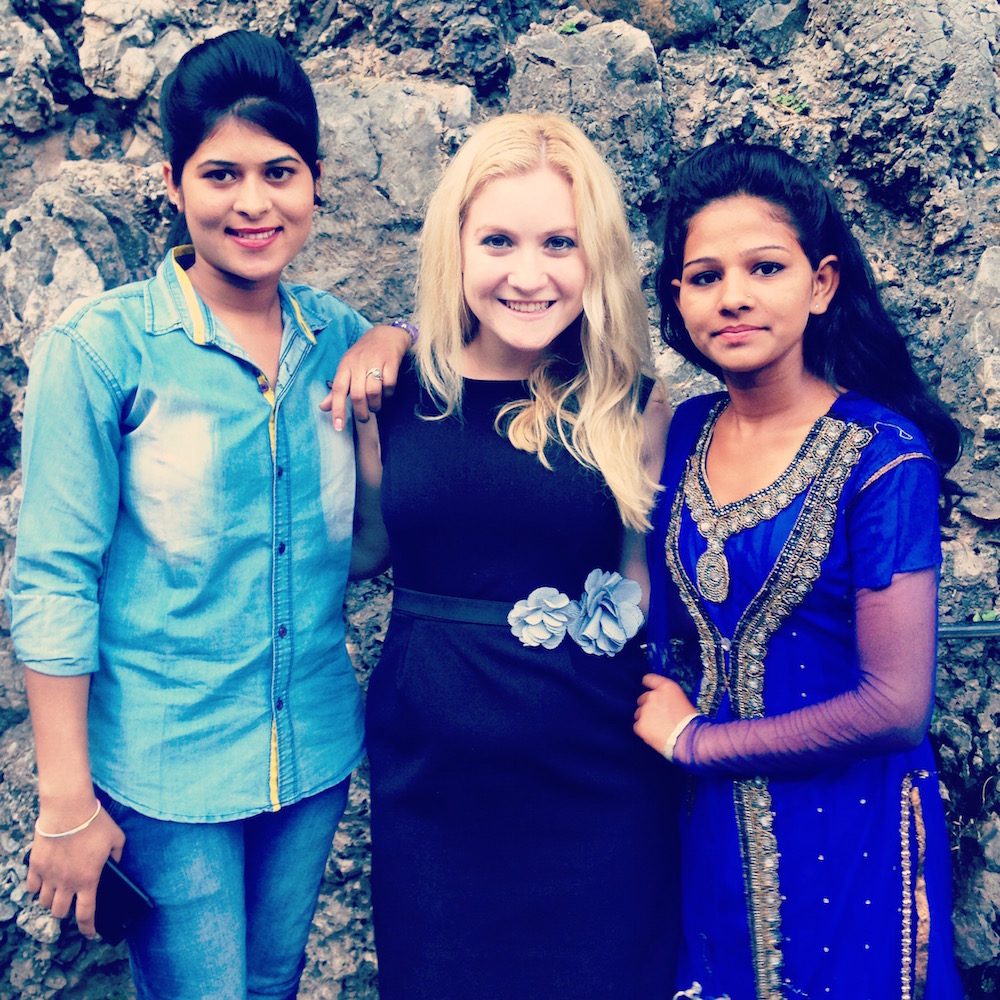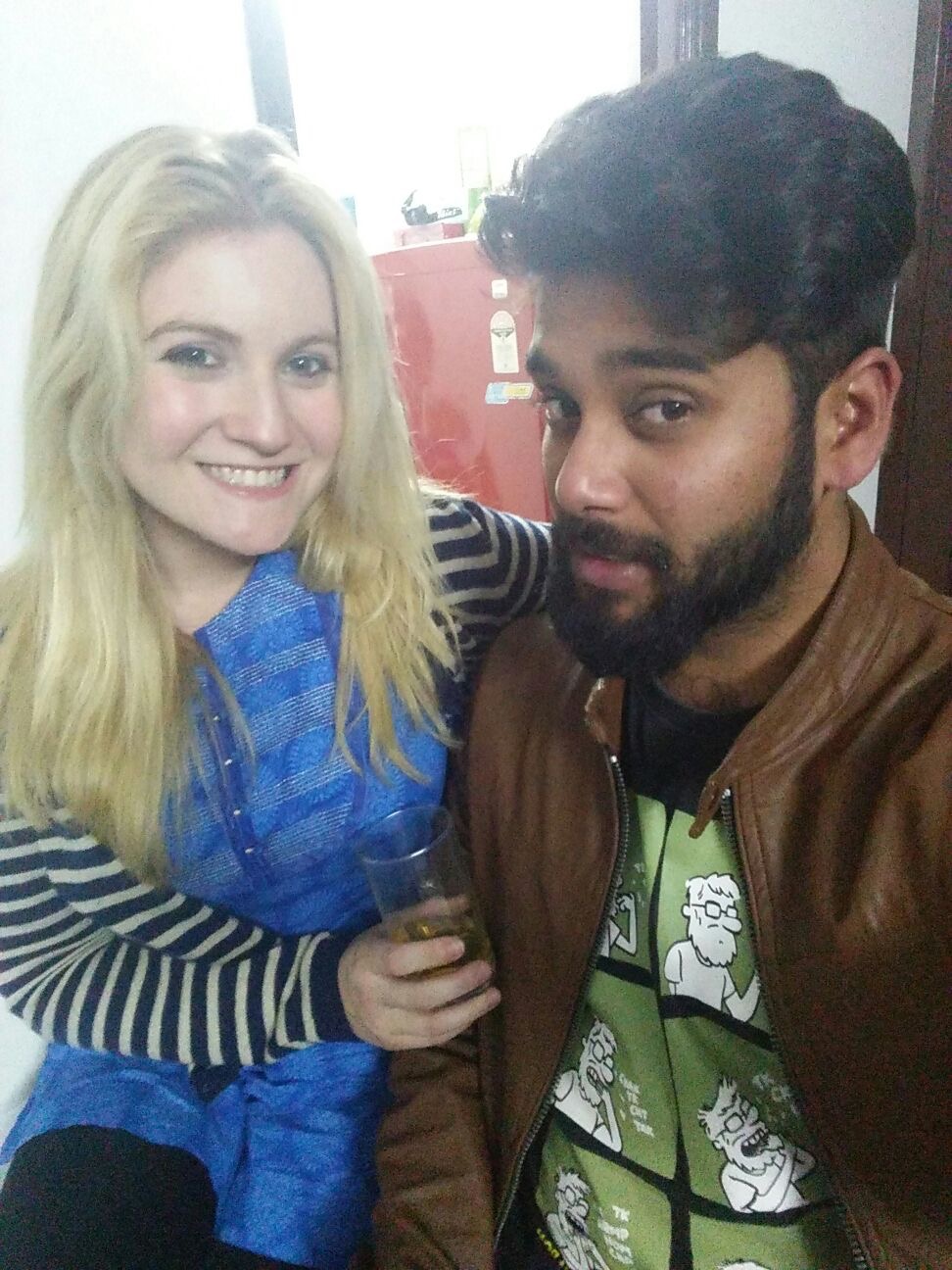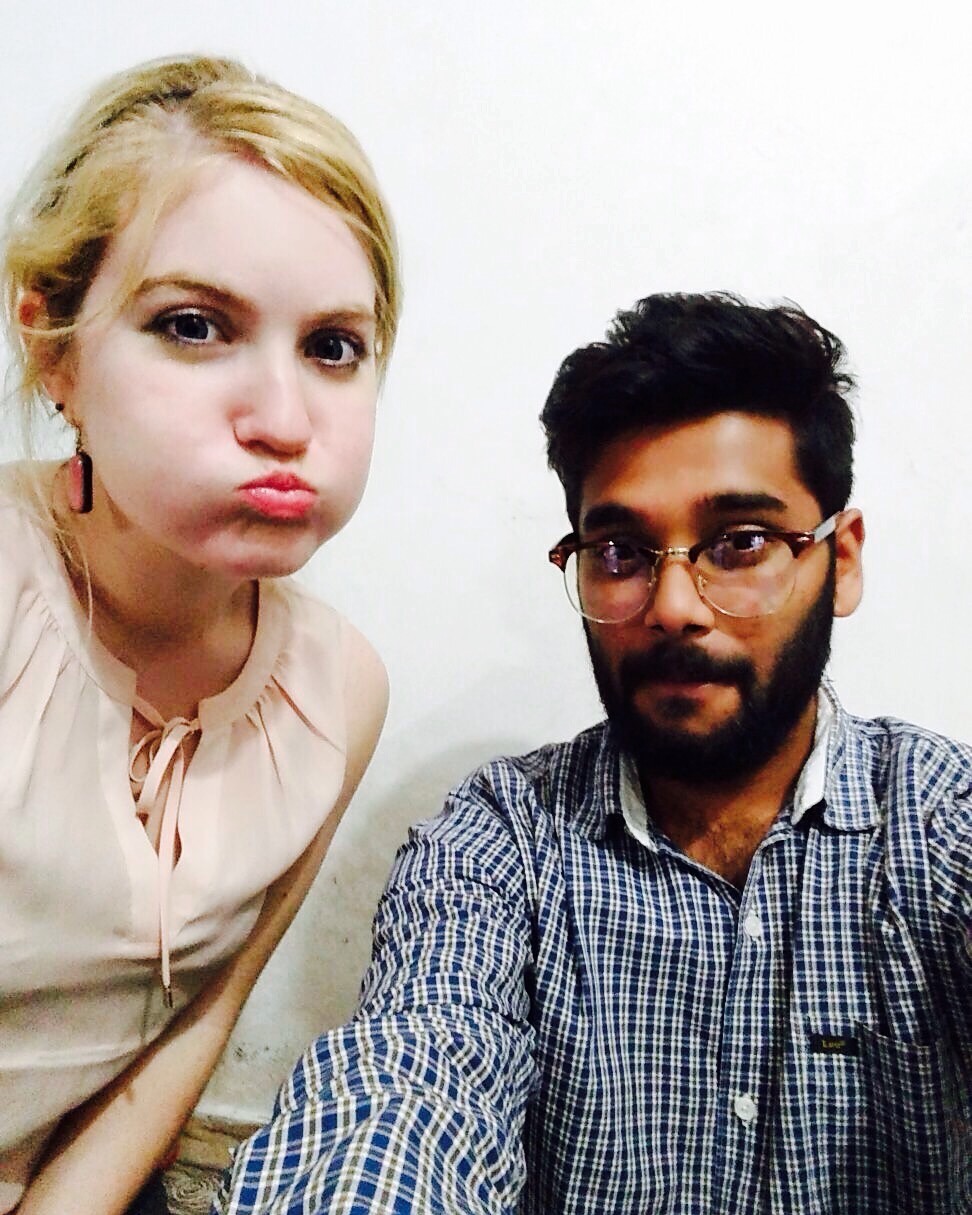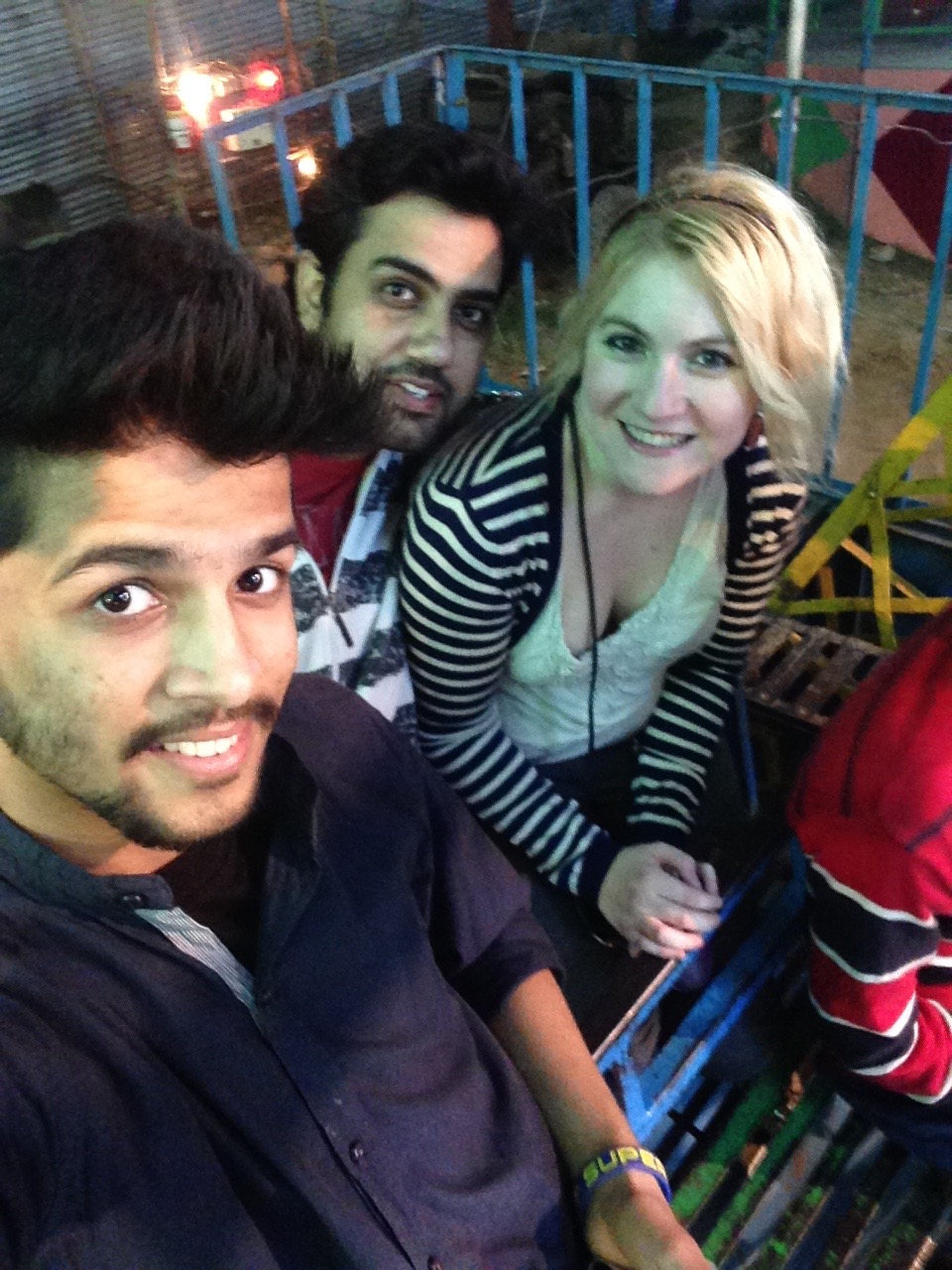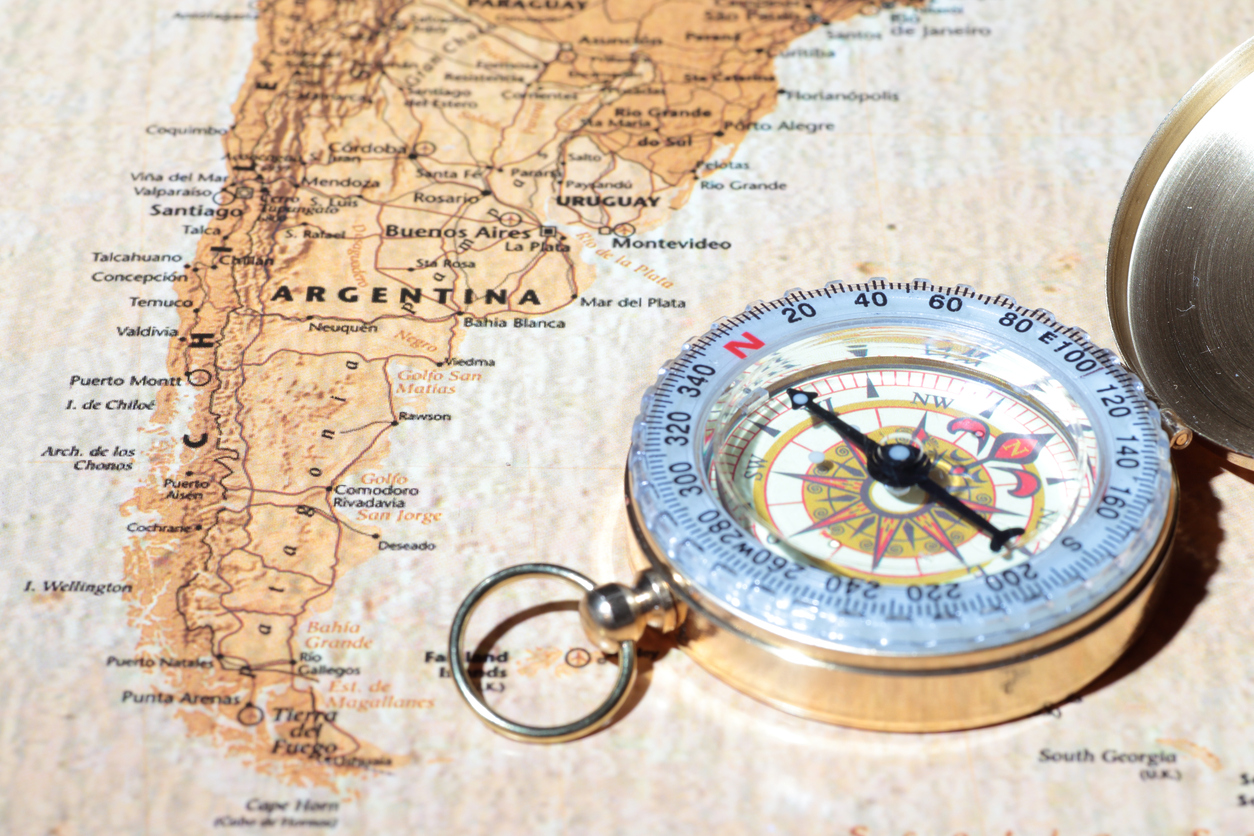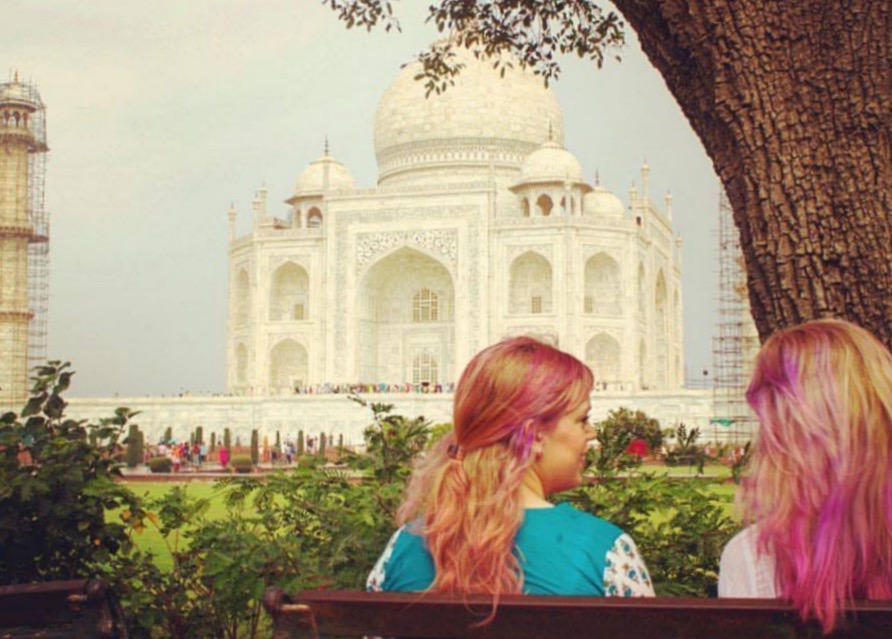Last week I left Santa Marta (in northern Colombia) in order to complete a four-day trek through the Sierra Nevada to the Lost City (Ciudad Perdida in Spanish). The fun part of the trek (or the problem if you don’t like trekking), is that the city is located 23 kilometers in the thick of the jungle (around 46 kilometers walking round trip). At first, I wasn’t sure how I felt about doing the trek since the Colombian government requires all trekkers to go with a guide and a group (some people got kidnapped back in 2003, you can watch the documentary on Banged Up Abroad). Typically, I don’t enjoy group treks because I want to go at my own pace. However, the tour ended up being really fun and I really loved my group.
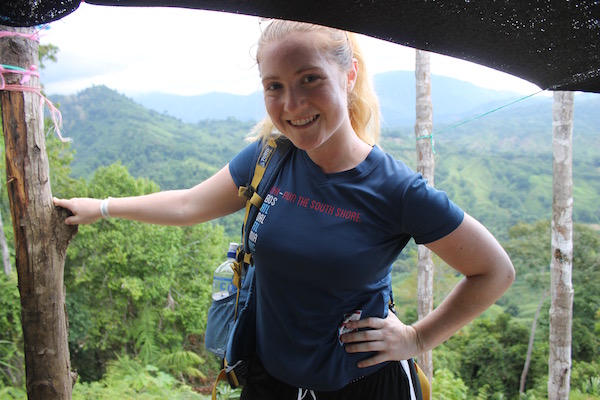
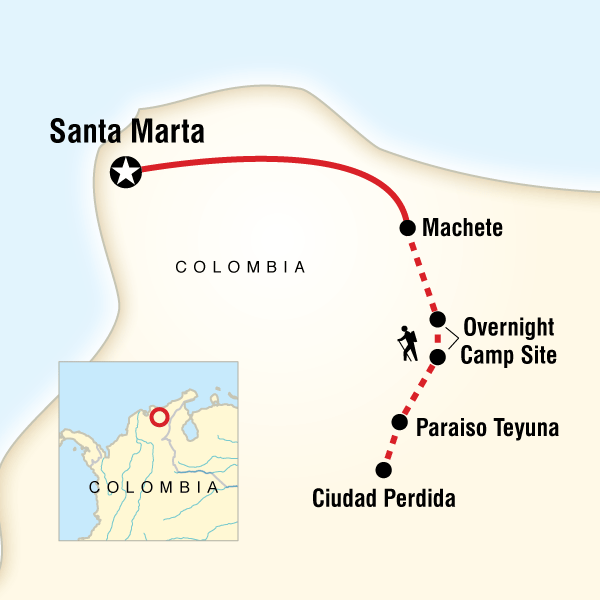
Physical Ability and Rough Terrain
I mentioned in my last post that I’ve been working out a lot and so I wasn’t too worried about the trek. Plus, I figured it couldn’t be more arduous than Everest Base Camp which I completed last September. The altitude is not high, and some girls I met told me the worst parts are just the humidity, the rain, and the mosquitos. They told me to prepare to be wet constantly. I packed a lot of extra clothes in plastic bags.
In my opinion, the trek was a perfect level of what I wanted. It wasn’t so hard that I got left behind, nor was it so easy I was bored. It felt adventurous, despite there being so many people on the trail. And because I could go at my own pace, I really pushed myself. I’m extremely competitive, so I ignored the first piece of advice given by our guide: “It’s not a race, don’t feel you have to rush.” I typically tried to see how fast I could push myself and how many other trekkers from other groups I could pass.

There were a few difficult parts going straight up which just involved cardiovascular determination and honestly weren’t as hard as the parts going straight down and covered with mud (el barro). I definitely slipped and fell on my butt the first day. My pinkie finger is still having difficulty bending, hurts if I apply pressure, and the knuckle is still swollen. A medical student said he didn’t think it was broken but I’m getting suspicious.
One of my favorite parts of the trek was the area near our camp the second night. Since we literally just turned around after the Lost City, I got to do this part twice. It was lots of little hills in the forest, a river crossing, and a narrow path along the river where, at one point, I literally had to climb up a vertical rock with my hands and knees. Crossing the river, I decided to leave my shoes on (they were already wet from the rain and I figured it would be easier than balancing on sharp rocks barefoot against a strong current).
On the way back, we found this little sketchy metal box with a rope to cross the river. You jumped in the box, and someone on the other side pulled you across. Super fun!

My shoes were constantly wet and by the last day I was a little worried I was going to get trench foot again or that the soles were going to peel off the shoes completely and I wouldn’t be able to walk. Luckily, neither happened, though my feet were very saturated and my shoes did this by the last day:

The Lost City
(*Please note that most of this information I received in Spanish from my guide so it may be incorrect. I tried to double check but Google has very little information on the subject)
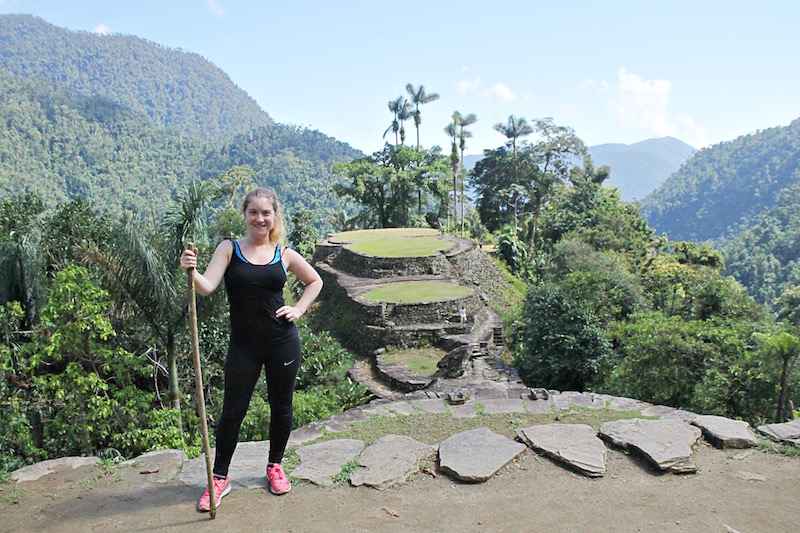
It is believed that the city was built around the year 800 CE, centuries before Machu Picchu. Archaeologists have found housing foundations over burial sites. People of importance were buried in the city in the fetal position with a rope tied around their waist in order to signify the return to the earth from which we are born.
In order to reach the city, we woke up at 5am, had breakfast, and started trekking. After about 30 minutes, we had to cross the deepest river of the trek. The water came past my waist and the current was very strong. Two guides had a rope to help people walk. I simply traversed the river in my shoes and clothes. However, I will never forget standing on the banks watching semi-nude people clinging to their clothes and shoes and the rope in their undies.
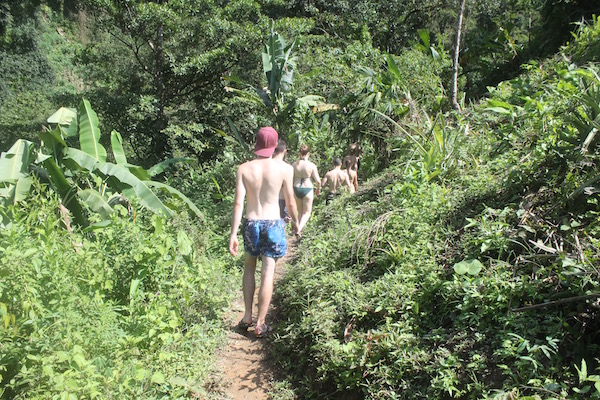
You then need to walk straight up 1,200 stone steps, worn from the passage of time into slick and small bumps.
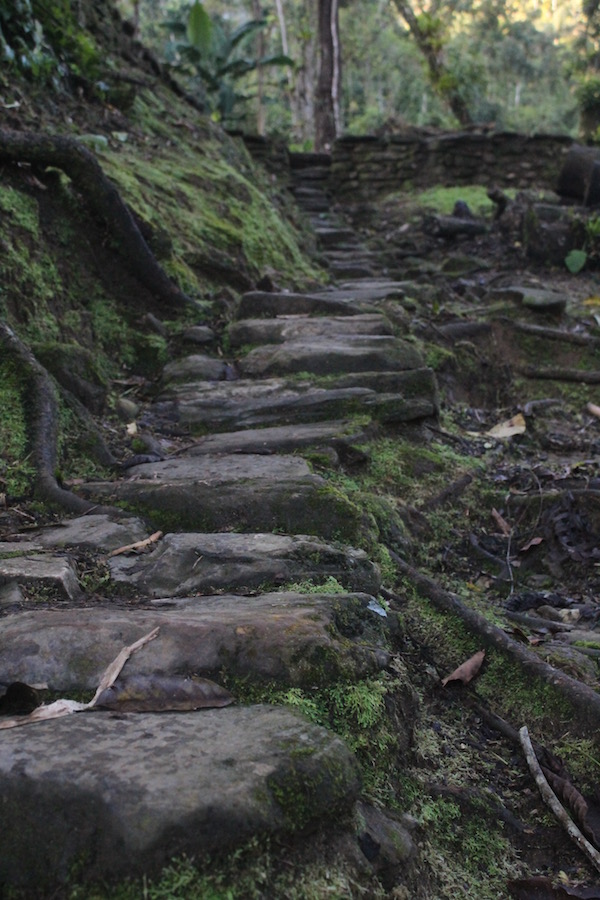
The site was abandoned during the Spanish “discovery” of South America. The natives traded their gold religious items with the Spanish conquistadors. Shortly after, disease began wiping the people out, as happened everywhere in “the new world.” Exposed to new bacteria and viruses, such a small pox, the natives had no immune defense. I believe our guide said 80% of the natives were killed.
Convinced that the Gods were punishing them for giving away their gold relics, the survivors abandoned the site and fled higher into the mountains. It is believed these natives are the ancestors of some of the remaining indigenous tribes in the Sierra Nevada, some of whom claim they had been visiting the site long before its rediscovery by local treasure hunters in 1972. Four indigenous tribes still live in the region. I wanted to write about them but this post is already double-length so I’ll simply provide a link for you to read about the Kogi people and the Arhuaco people.

Sleeping in Nature
Every night we went to bed around 8pm and woke up at 5am. I was under the impression I would be sleeping in hammocks every night but we actually got beds! The bunk beds had mosquito netting around them which seemed to do the job. However, that just left the mosquitos hungry for the morning.
The very first night there was a tarantula on the mosquito netting. (Spider: araña). I’m not sure I have ever seen a spider this big. I didn’t take a photo due to the lighting, but it was pretty impressive. Luckily, thanks to my mom, I’m not very afraid of spiders, though I didn’t really want to touch it and find out if it could bite. The guide brushed it off my bed and onto the floor.
That night I had trouble getting to sleep, not because of the sounds of nature coming from the river, but because my bed faced the TV that the family running the camp had set up. They were watching Titanic in Spanish. First, I watched some of it with them, but then I wanted to sleep. It’s really hard sleeping with people dying and screaming. Honestly, rewatch Titanic. People are screaming for ages. They take so long to finally die.
The morning of the third day, while we were packing our bags before going to the Lost City, I checked under my bed to make sure I didn’t leave anything and there were two hens under my bed! They were just hanging out down there. I told the Spanish people “pollo” and they laughed and taught me the Spanish word for hen (gallina). I told the Austrians and apparently one of them had an egg in his bed.
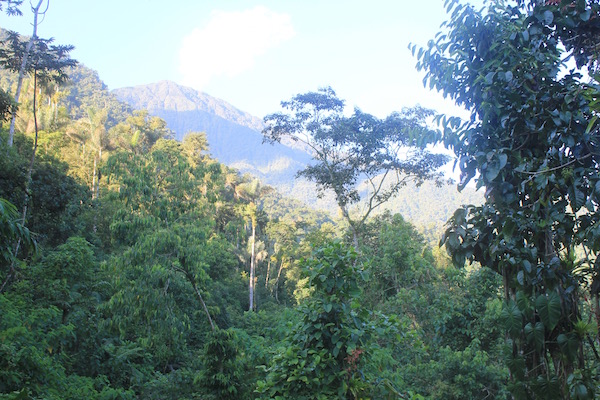
The Trek
I highly recommend doing this trek if you are in Colombia. It’s a great adventure and I learned a bit about the indigenous cultures and Colombian history. Plus, since the entire thing was in Spanish, I got to practice my listening skills a bit.
At the end of the trek, back at the restaurant where we started, one of the French trekkers asked us all what our favorite part of the trek was.
Mine probably wasn’t seeing the Lost City, but rather the end of the third day. It was one of the longest days, and I had pushed myself extra hard. My feet were raw from trekking in wet shoes, I was exhausted, and I finished half an hour before most of the group. The Austrian guy and I walked down to a river we had passed. Honestly, intense exercise is a bit like a drug. I relished in my endorphin rushes at the end of every day. I got in the cold water in my leggings and sports bra and laid on a rock in the river under this tree and watched the rain fall off the leaves and felt 100% relaxed in that moment. I know it’s really cheesy, but it’s own of those moments etched into my brain and labeled: “Pure happiness.”


